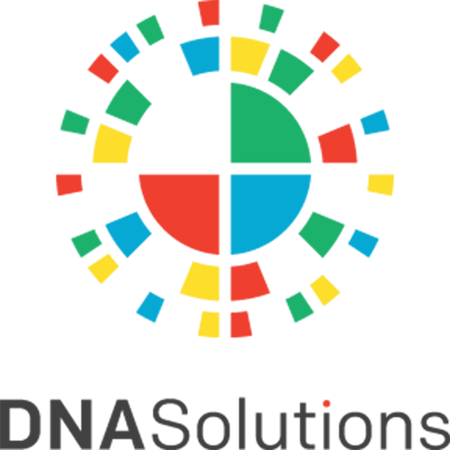What is the difference between a legal and non-legal (self, informational or in-home) paternity test? There are only a few, but significant differences between the two testing options.
-
Sample Collection - A legal case is supervised and the sample is collected by a trained individual with no interest in the outcome of the testing. A non-legal (self, informational, or in-home) paternity test can be performed by the individuals themselves.
-
Identity - In legal cases, identities are verified with government issued identification. In non-legal cases, identities are not verified and can be anonymous.
-
Signature Required - In legal cases, individuals will each sign a statement that gives permission for their sample to be tested. Minors must have a legal guardian sign the statement for them. In a non-legal case, no signature is required for testing.
- Chain of Custoday - In legal cases, the security of each sample is documented on a chain-of-custody that includes collector’s signature, shipment information, and DNA Solutions signature. This is required for DNA results to be admissible in a court of law. In non-legal cases, chain of custody is not required and the results are generally not admissible in a court of law.
Legal and non-legal test results utilize the same high-quality technology and genetic markers. DNA Solutions maintains quality and care for your case whether you choose legal or non-legal tests.
The DNA test is based on the analysis of 22 human genetic markers. These tests includes the FBI’s panel of DNA markers used for human identification (CODIS) and have been thoroughly tested and validated.
Each individual has two specific numbers (alleles) for each marker tested. A single number at a marker indicates the person has two copies of the same allele. The alleles are the same within each individual regardless of the DNA sample (ie. blood, saliva, tissue, hair roots). These alleles vary between individuals (except identical twins).
The determination of a given relationship is based on the number of shared alleles between the people tested. A child receives half of its DNA from the mother and half from the father; therefore each biological parent shares one allele with the child at each marker.
The human population contains a limited number of possible alleles at each marker. The rate at which these alleles are repeated within a population provides a frequency that can used to determine the likelihood that two people sharing a particular allele are related or if they share that allele by chance.

